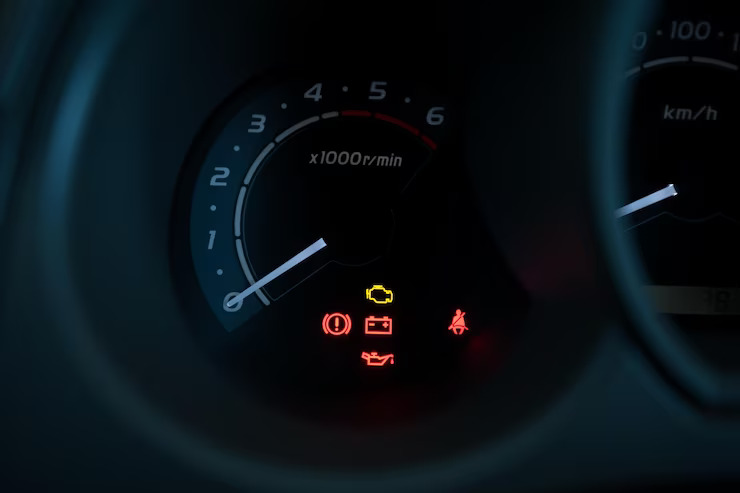Fuel evaporative emission systems play a critical role in reducing harmful emissions from vehicles and preventing the release of volatile organic compounds (VOCs) into the atmosphere. These systems are designed to capture and store fuel vapors that would otherwise escape into the environment. However, issues with the fuel evaporative emission system can trigger warning lights on the dashboard, indicating the need for attention. In this article, we will explore the importance of fuel evaporative emission system warning lights and provide a troubleshooting guide to help vehicle owners address these issues effectively.
Importance of Fuel Evaporative Emission System:
Fuel evaporative emission systems are crucial for maintaining air quality and reducing pollution. By capturing and storing fuel vapors, these systems prevent the release of harmful hydrocarbons into the atmosphere, contributing to a cleaner and healthier environment. Additionally, proper functioning of the fuel evaporative emission system ensures compliance with environmental regulations, as vehicles are subject to emission standards set by regulatory authorities.
Troubleshooting Fuel Evaporative Emission System Warning Lights:
- Understand the Warning Light: When the fuel evaporative emission system warning light illuminates, it signifies a problem with the system. The specific warning light may vary depending on the vehicle manufacturer but typically resembles a symbol related to emissions or a “check engine” light. Consult the vehicle’s owner manual to understand the exact meaning of the warning light and recommended actions.
- Check the Fuel Cap: A loose, damaged, or improperly installed fuel cap is a common cause of fuel evaporative emission system warning lights. Check the fuel cap and ensure that it is tightly sealed. If the fuel cap is damaged or missing, replace it with a compatible cap recommended by the vehicle manufacturer.
- Inspect the Fuel Filler Neck and Hoses: The fuel filler neck and hoses connecting the fuel tank to the filler cap can develop cracks, leaks, or other issues over time. Inspect these components for any visible signs of damage, deterioration, or leaks. Replace or repair any damaged parts as necessary to ensure proper sealing.
- Check the Vapor Canister: The vapor canister is a crucial component of the fuel evaporative emission system, responsible for storing fuel vapors. Inspect the canister for any signs of damage, leaks, or clogs. A damaged or malfunctioning vapor canister may require replacement to restore proper system function.
- Examine the Purge Valve: The purge valve controls the flow of fuel vapors from the vapor canister to the engine for combustion. If the purge valve becomes stuck, it can cause warning lights to illuminate. Inspect the purge valve for proper operation and ensure it is not clogged or damaged. Clean or replace the purge valve as needed.
- Check Evaporative Hoses: Inspect the hoses connected to the fuel evaporative emission system for cracks, leaks, or blockages. Faulty hoses can disrupt the proper flow of vapors and trigger warning lights. Replace any damaged hoses with new ones that meet the vehicle manufacturer’s specifications.
- Scan for Diagnostic Trouble Codes (DTCs): When the warning light is illuminated, it is advisable to scan for diagnostic trouble codes (DTCs) using an OBD-II scanner. These codes provide valuable information about the specific issue with the fuel evaporative emission system, aiding in diagnosis and repair.
- Seek Professional Assistance: If the troubleshooting steps outlined above do not resolve the issue or if there are concerns about performing the diagnosis and repairs independently, it is recommended to consult a qualified mechanic or dealership. They have the expertise and specialized equipment to diagnose and rectify complex fuel evaporative emission system problems effectively.
Fuel evaporative emission system warning lights should not be ignored, as they indicate potential issues with the system. By understanding the importance of these warning lights and following the troubleshooting guide provided, vehicle owners can identify and address common problems associated with the fuel evaporative emission system, ensuring proper system function, and contributing to a cleaner environment.











